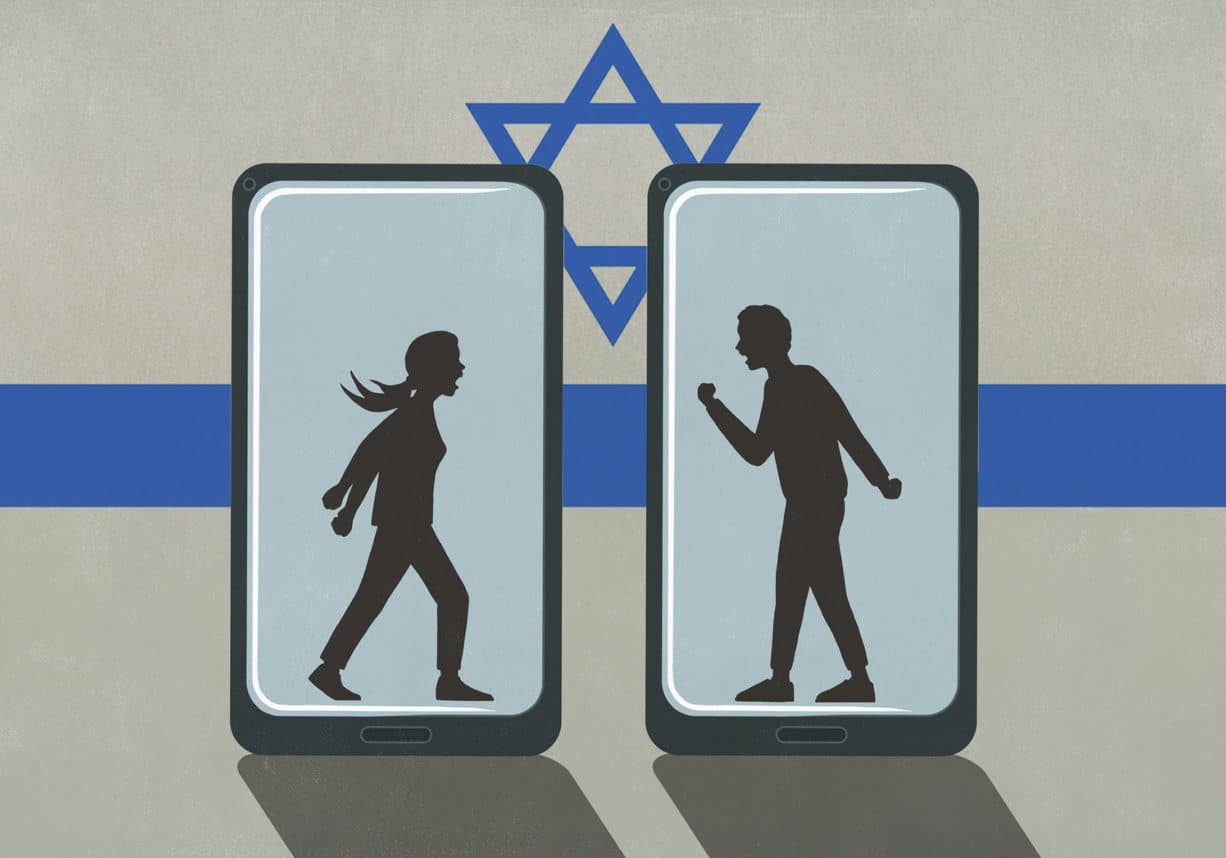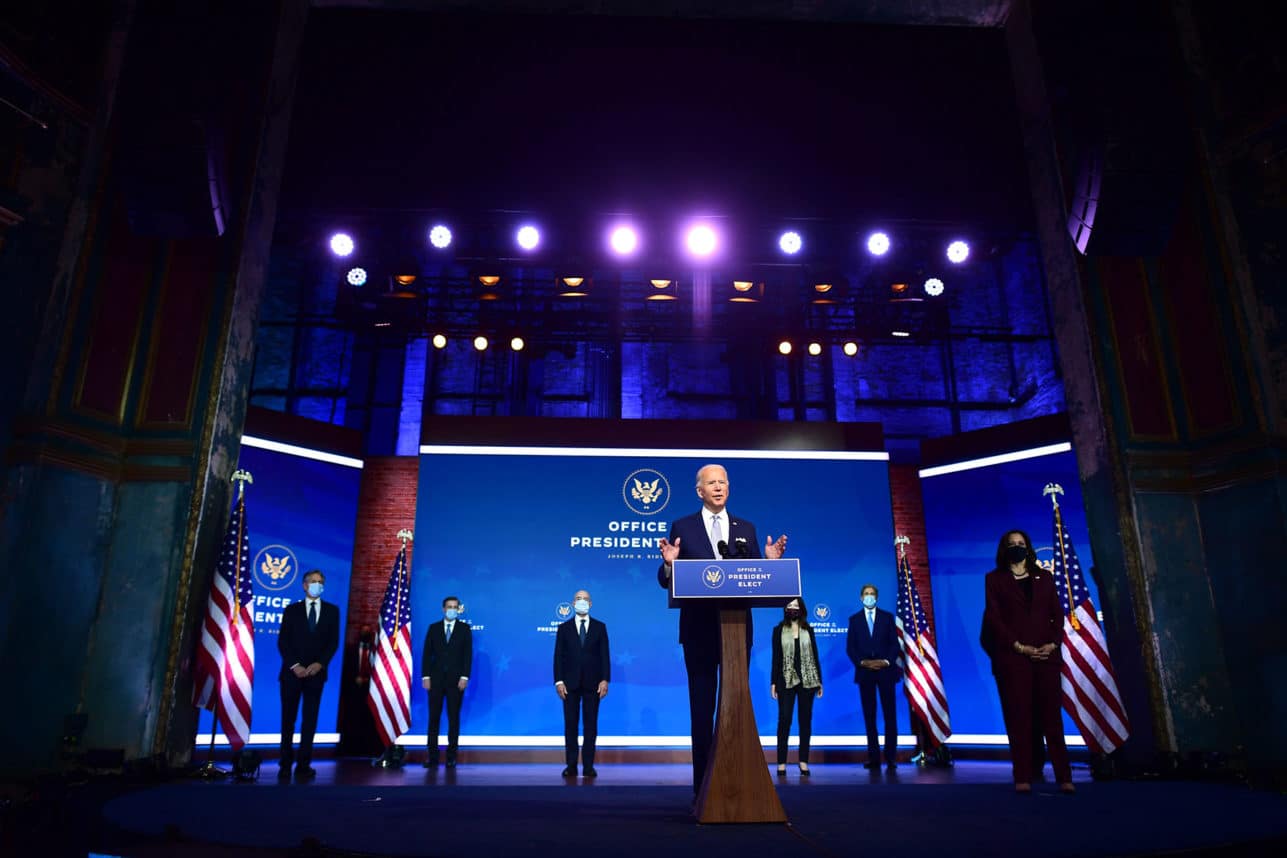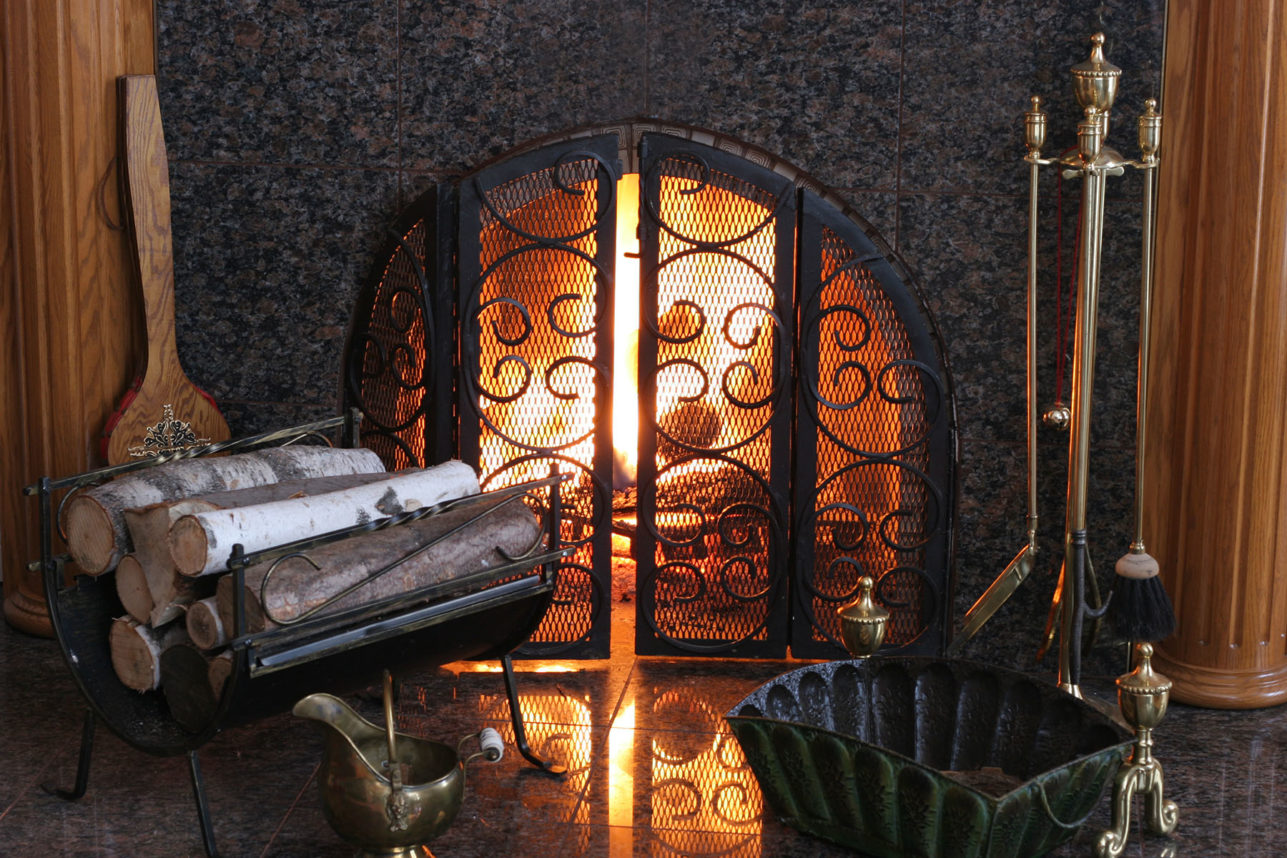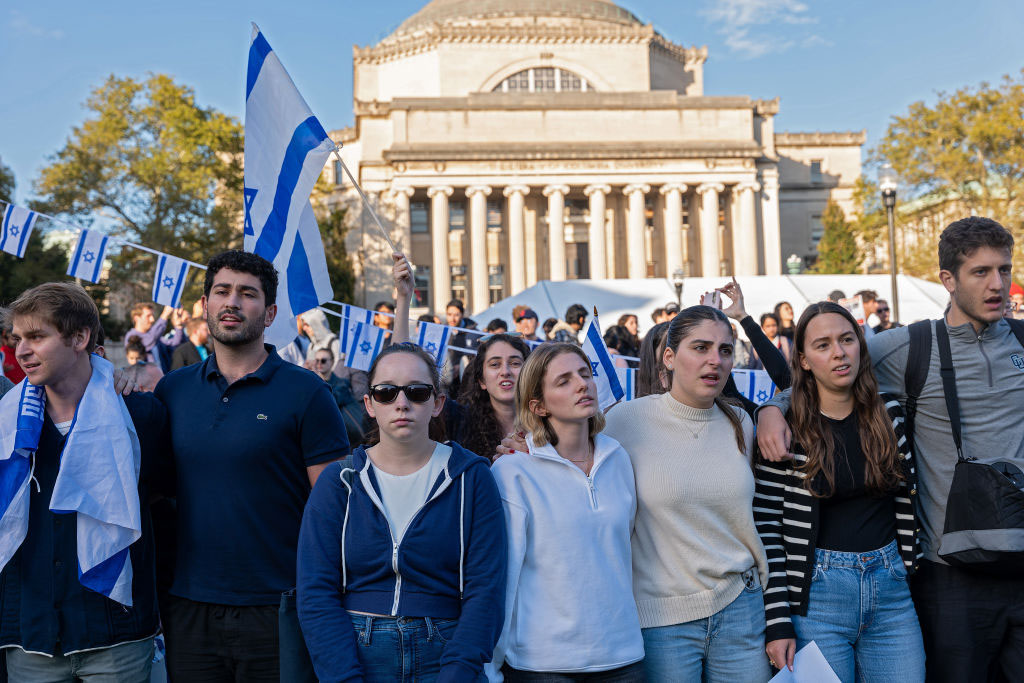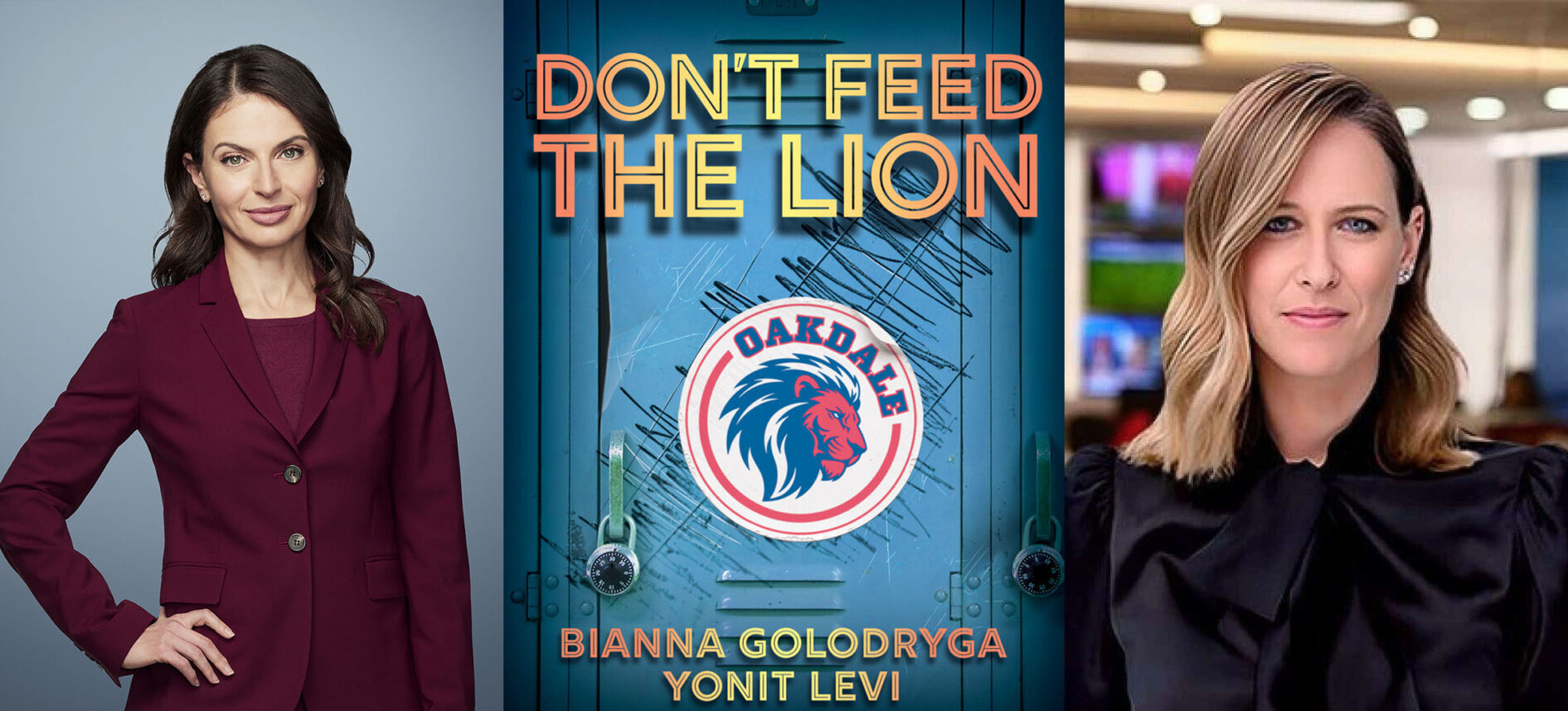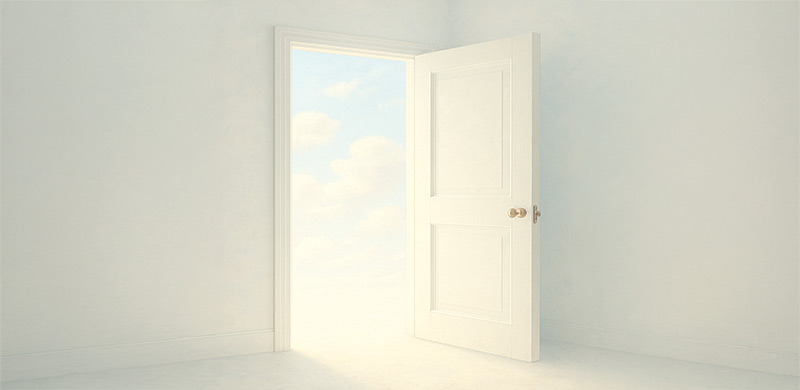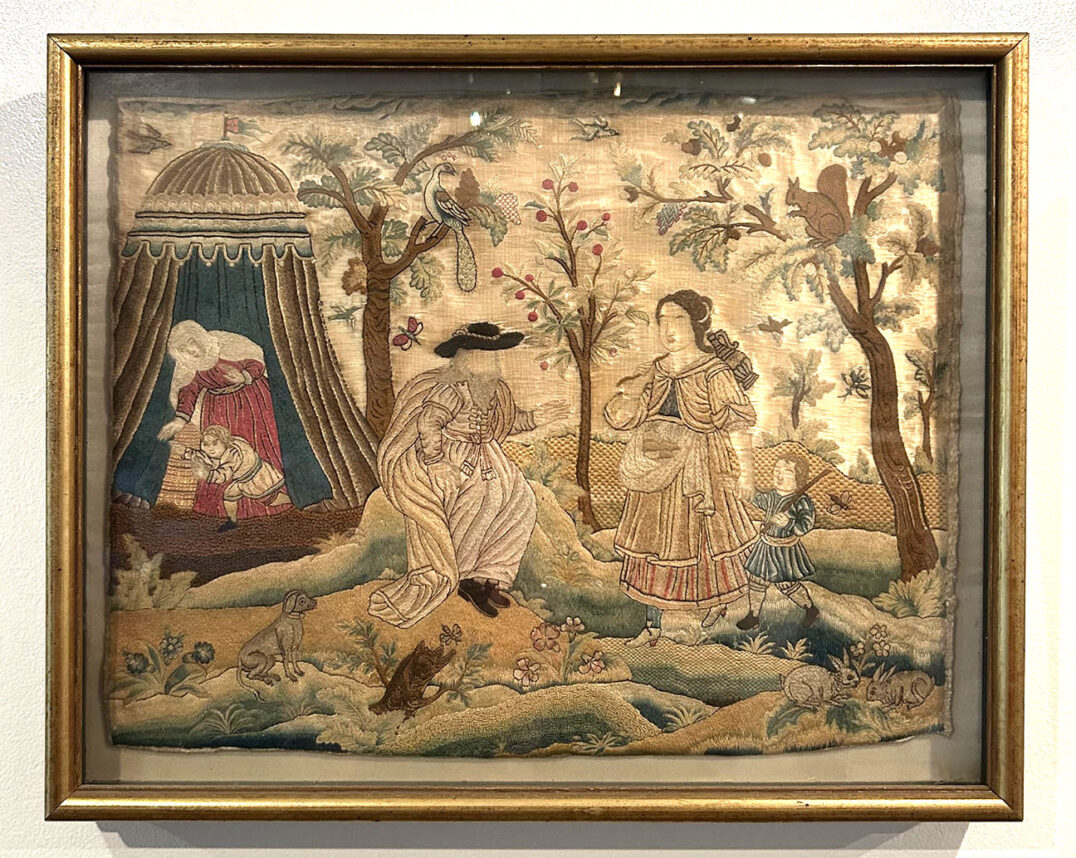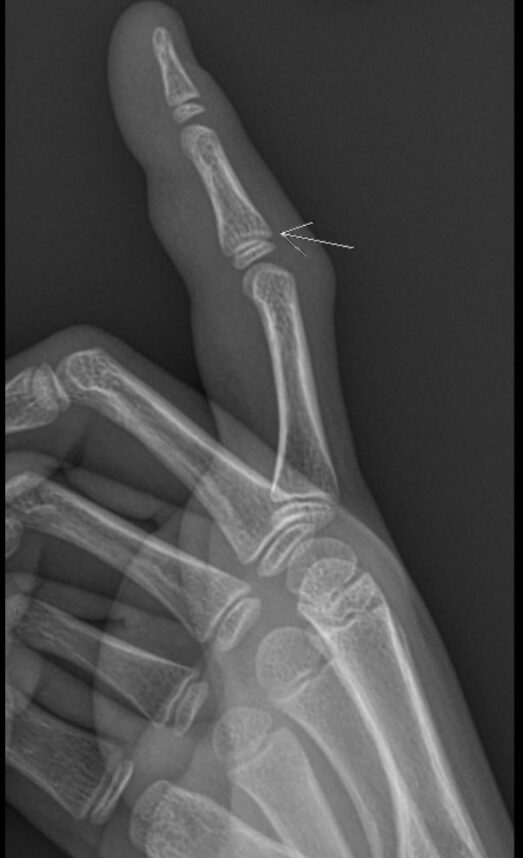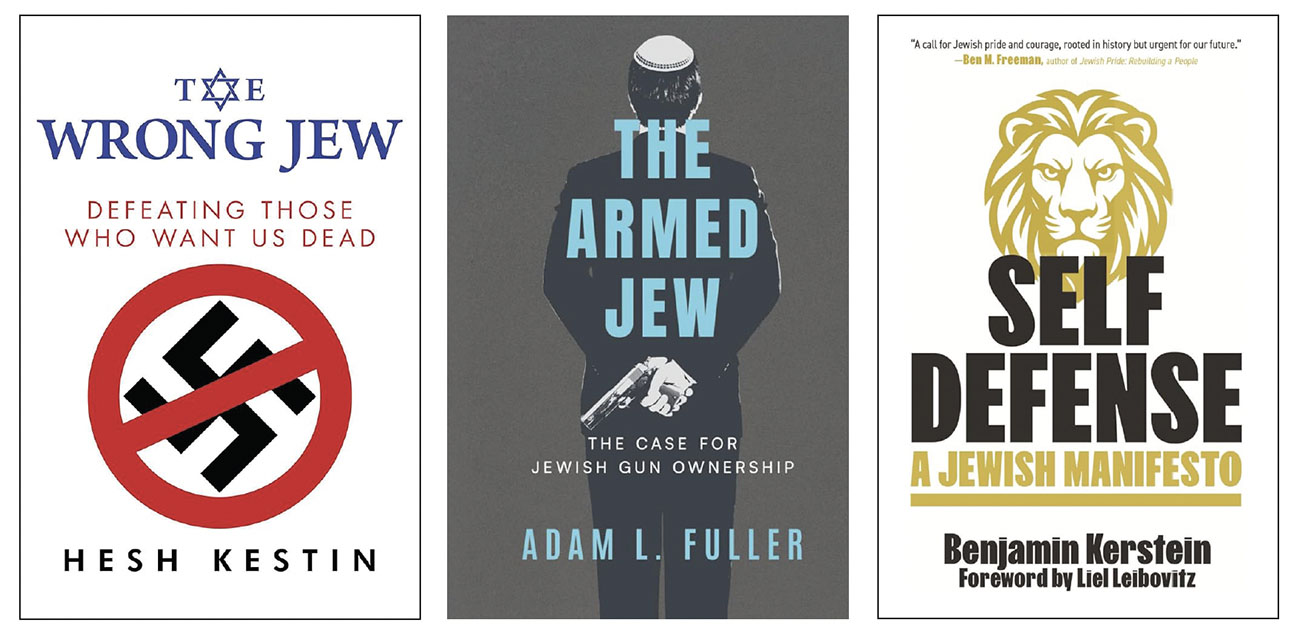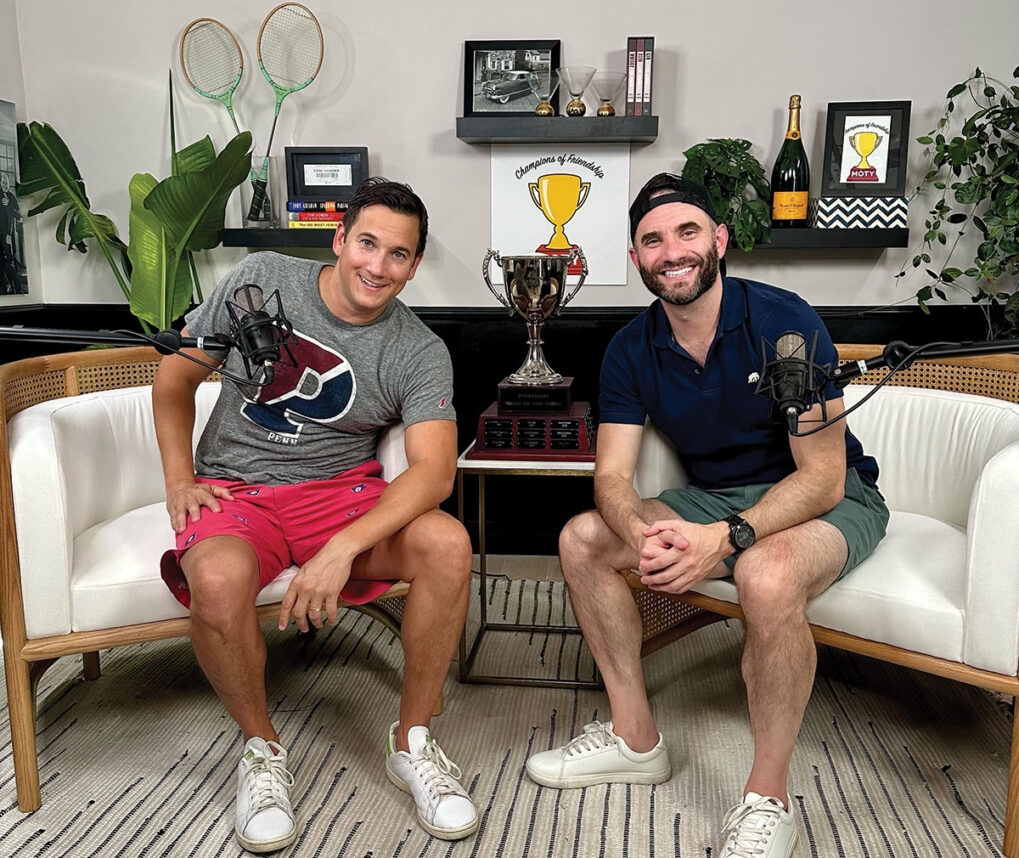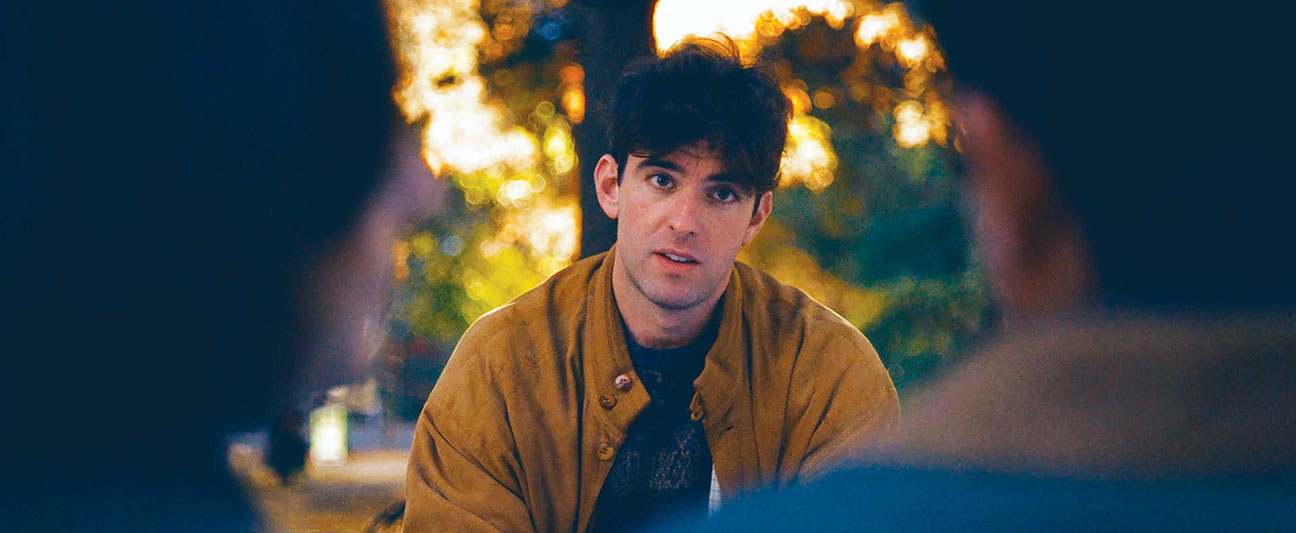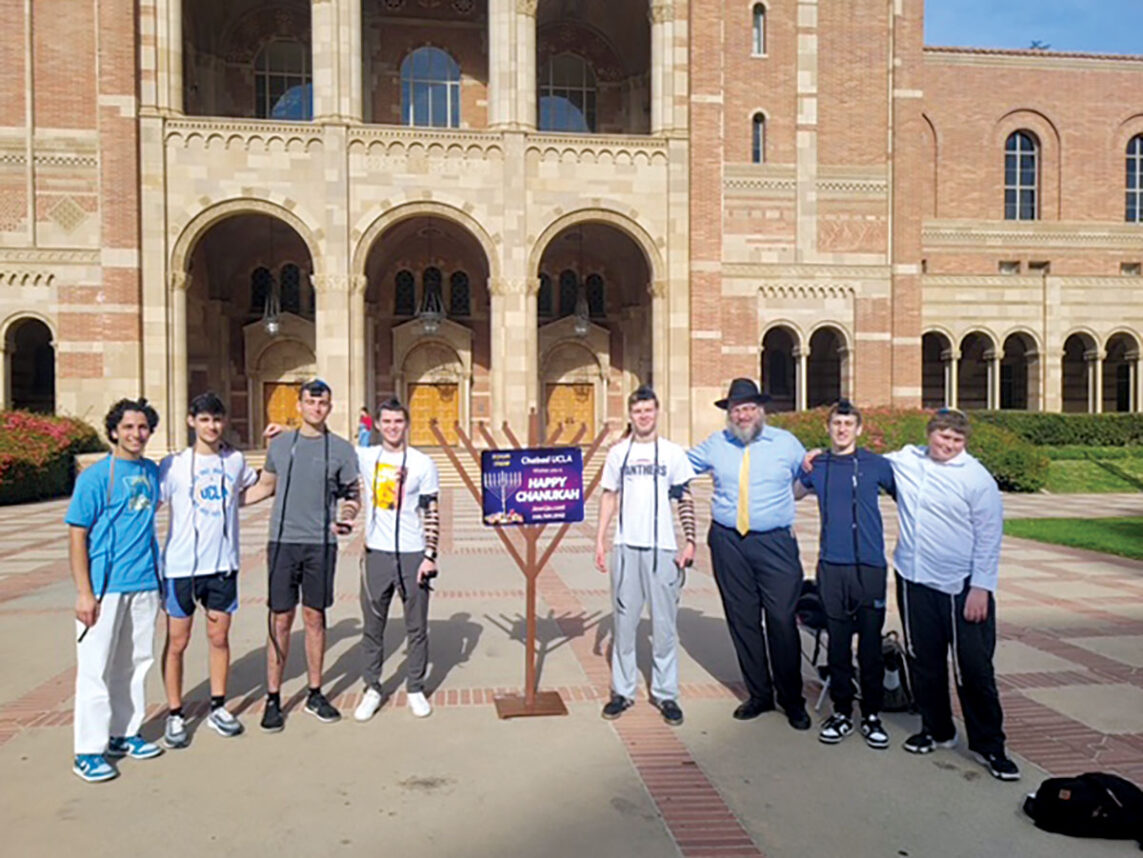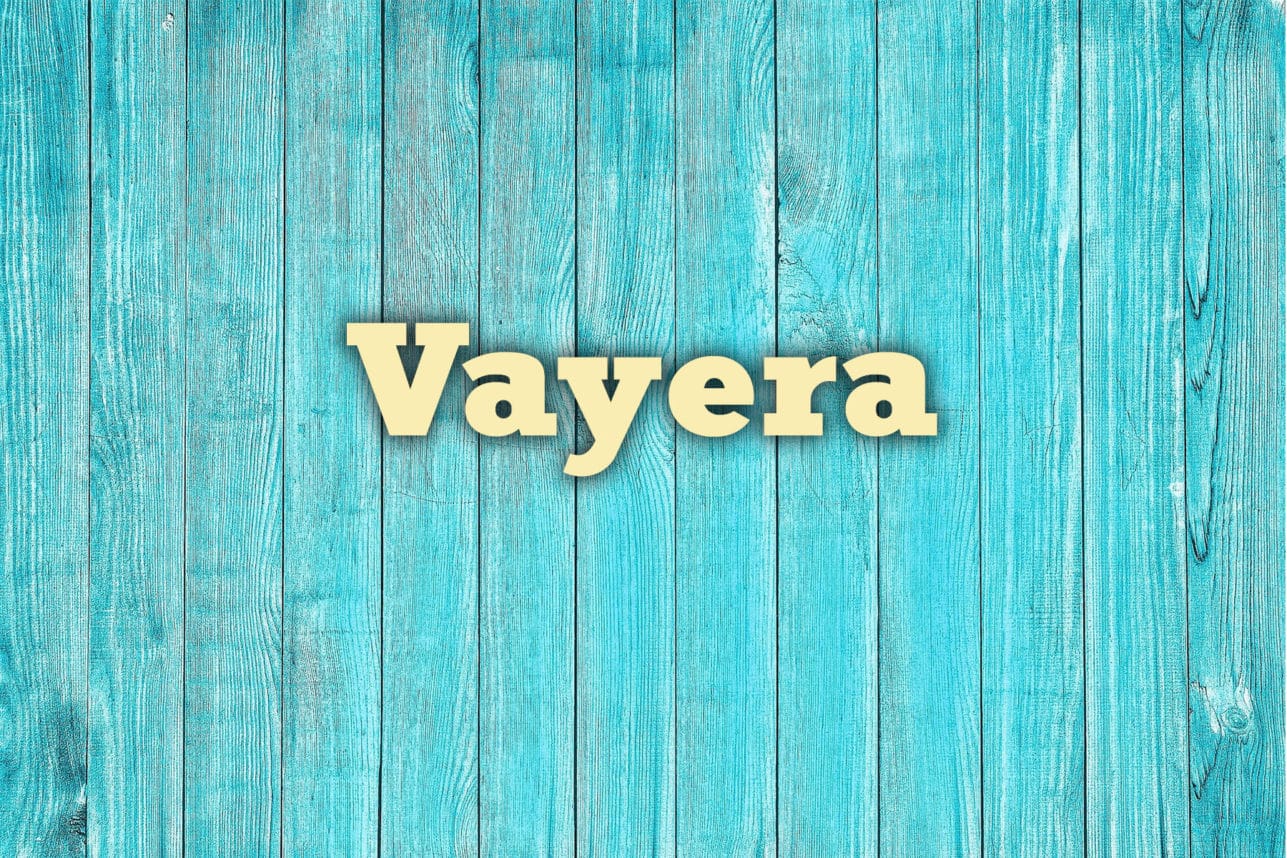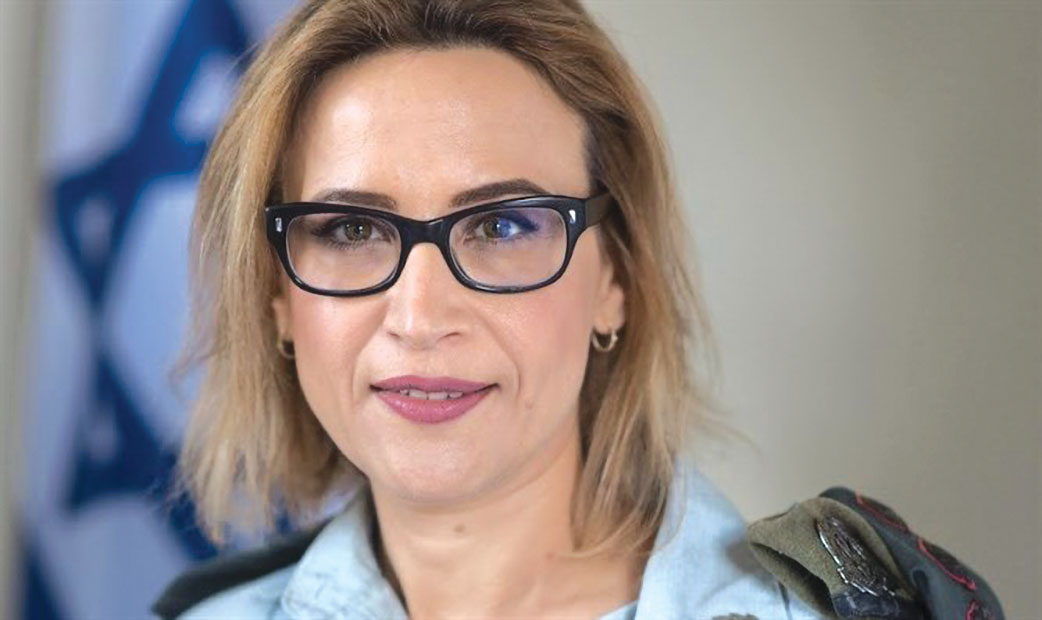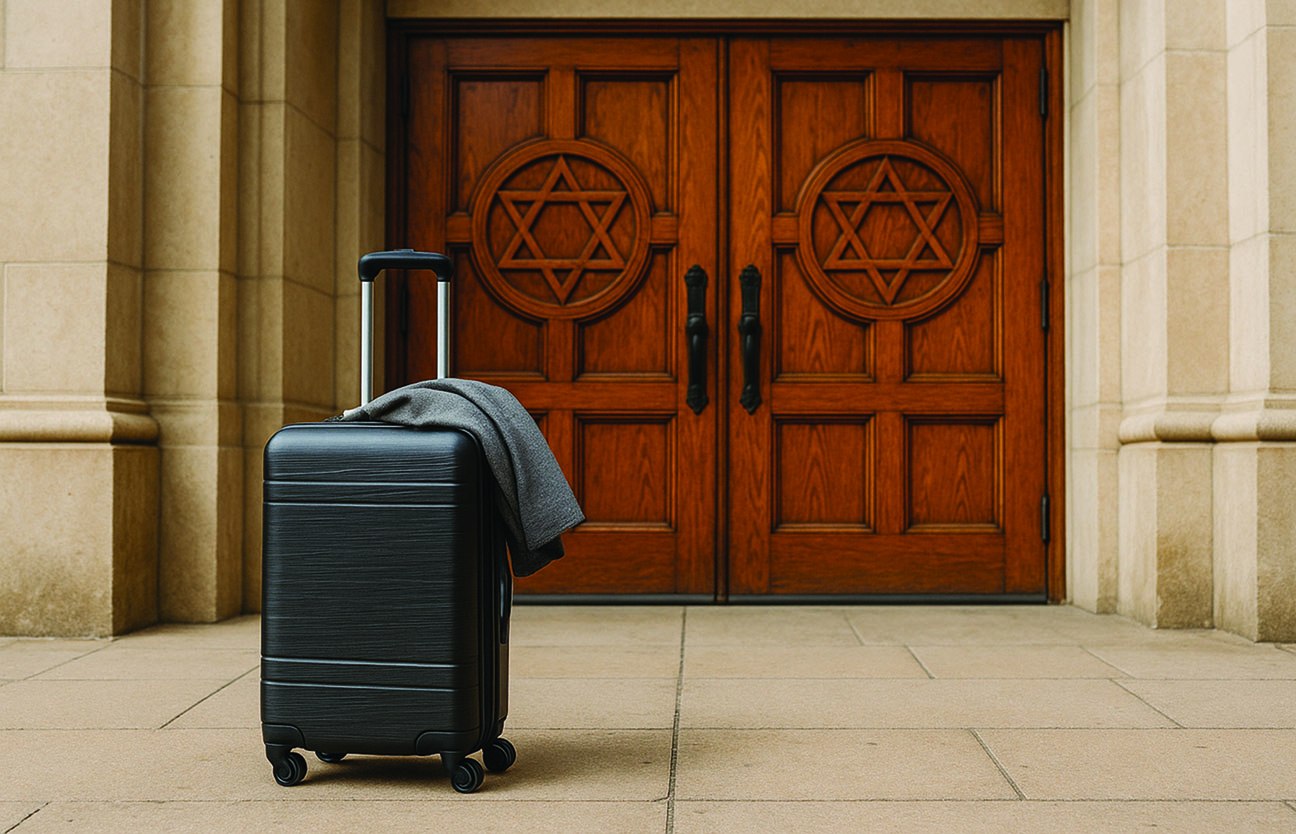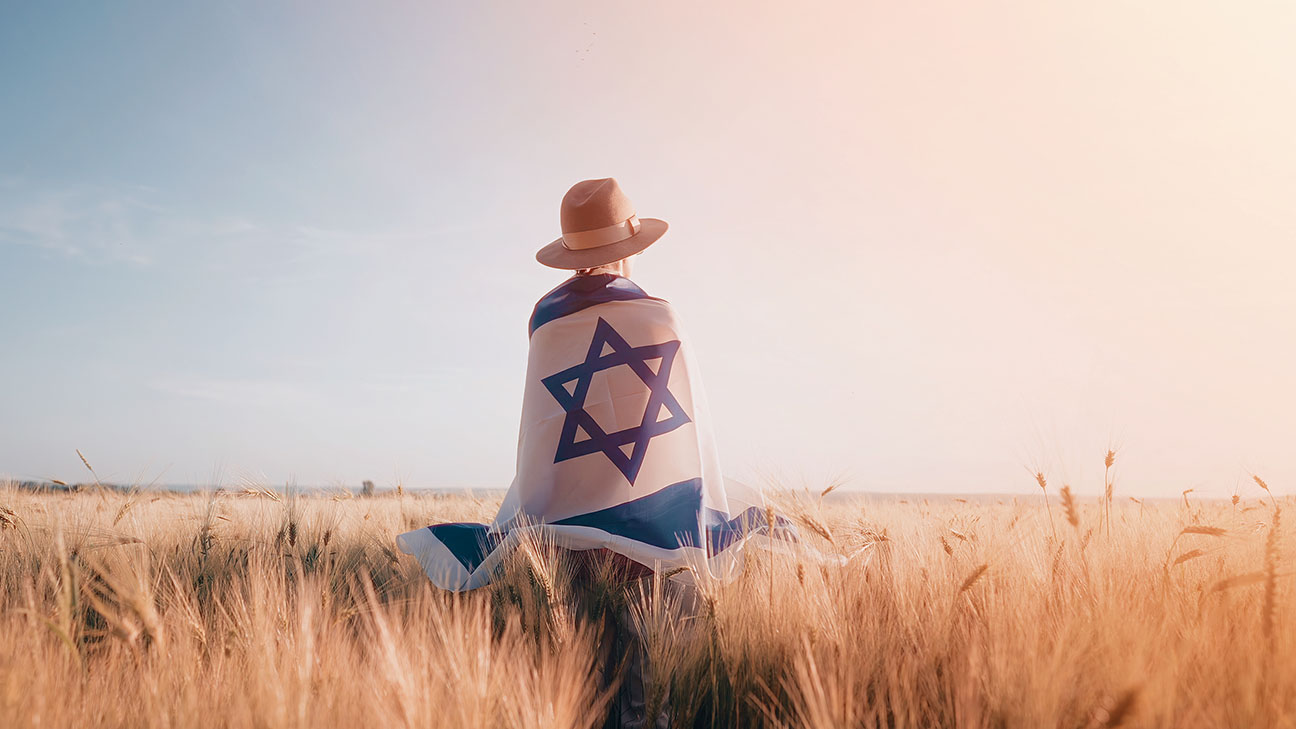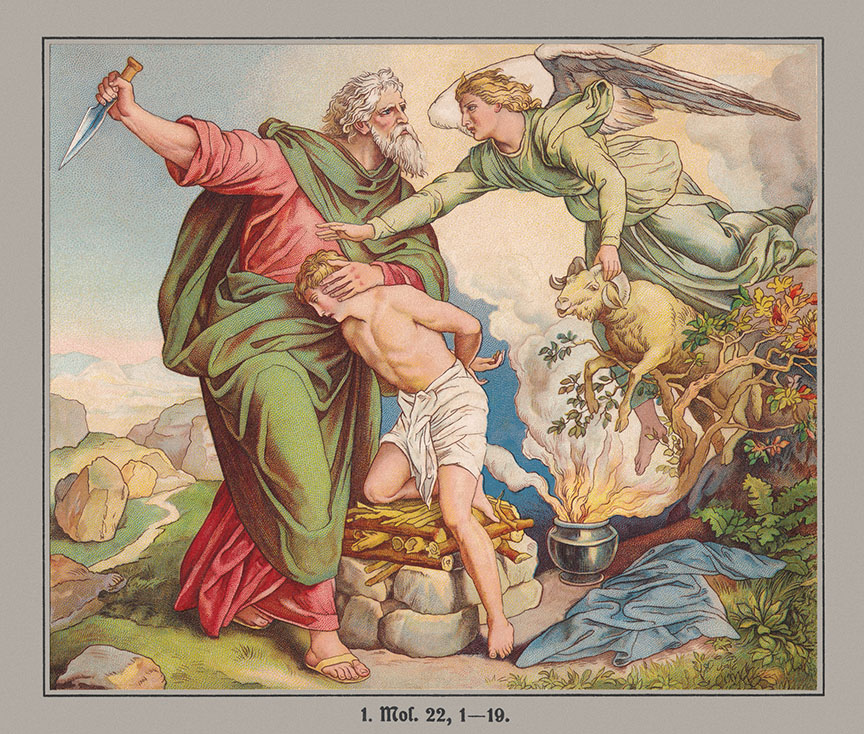
When Maor Cohen started building Lego as a child, he never could have imagined where it would take him. For the last 14 years, the 44-year-old has brought over 10,000 Lego sets to children with cancer, earning him the nickname “The Lego Man.” But since the Oct. 7 massacre, Cohen has taken on another role: bringing Lego to injured Israeli soldiers. In his conversation with the Journal, which has been edited for length and clarity, we discussed Cohen’s love affair with Lego, and traced his journey from a Lego-obsessed child to someone who helps injured soldiers recover from the physical and mental wounds of war.
How did your journey with Lego begin?
My mother and father came from Morocco, and lived in a poor neighborhood in Yavne. One day my mother went to Tel Aviv, saw Lego, and said, “I want it for my son.” Everything she earned, she spent on Lego for me. I didn’t know how to say thank you—nobody in my neighborhood had a toy like this. I built every day. Every gift for me was Lego. That’s what I wanted.
When I was six years old, my father was very sick. When my mother went with my father to the hospital, I would go to my grandmother, to an aunt. Every time I went to another house, I went with a suitcase with Lego. Lego was my life. When I was 18, I lost all my Lego, because my parents moved apartments, but it remained in my heart.
When I was 31, I was in a store and saw a wall of Lego. I bought all the Lego in the store, brought it home, and started building. I continued building, selling, buying and replacing the Lego, until one day my wife said, “Listen, we don’t have space for the Lego.” So I gave Lego to Ezer Mizion [an organization that helps individuals and families with medical issues]. They asked me to run Lego lessons. I started with one lesson a week, and after two months, a child said she wants daily lessons. I came every day, and after working with her daily for two weeks, she died from cancer. It broke me.
Her mother asked me to come to their home to finish the Lego we started together, so I sat at the shiva and finished the Lego. It was very hard for me. Her mother told me that her daughter’s two weeks with me were the best of her life. She was five years old and was born with cancer, and for those two weeks, she woke up and played Lego. She fell asleep with Lego in her hands. Her mother held my hands and told me, “My daughter died with your Lego in her hands.”
I understood that I was doing something special.
After a year of working with children, my wife became pregnant with twins. But after six months, they were stillborn, and it broke me. In the hospital, one child saw me, and was sure that I came to the hospital for his birthday, but I came for the death of my children. He called me “The Lego Man,” and from this moment on, the only thing I wanted to do in life was to bring Lego to children with cancer. I’ve been doing it every day for 14 years. I collect money, buy Lego, and give it to children.
Today, I have four children: three girls and one boy. Thank G-d, they are healthy and happy.
How many kids with cancer do you meet each week?
Between 80 to 100. It depends on how many hospitals I visit.
How do the children respond when you bring them Lego?
Some of them jump from the bed when they see me, and the doctors are shocked, because a minute ago, they didn’t know what to do with the children. Often, when I come to the room after surgery or hard treatment, the parents say, “Thank you for putting the first smile on my child’s face this week.” They’re happy because I give them Lego, and they see me again and again, so they have faith that I’m always going to come.
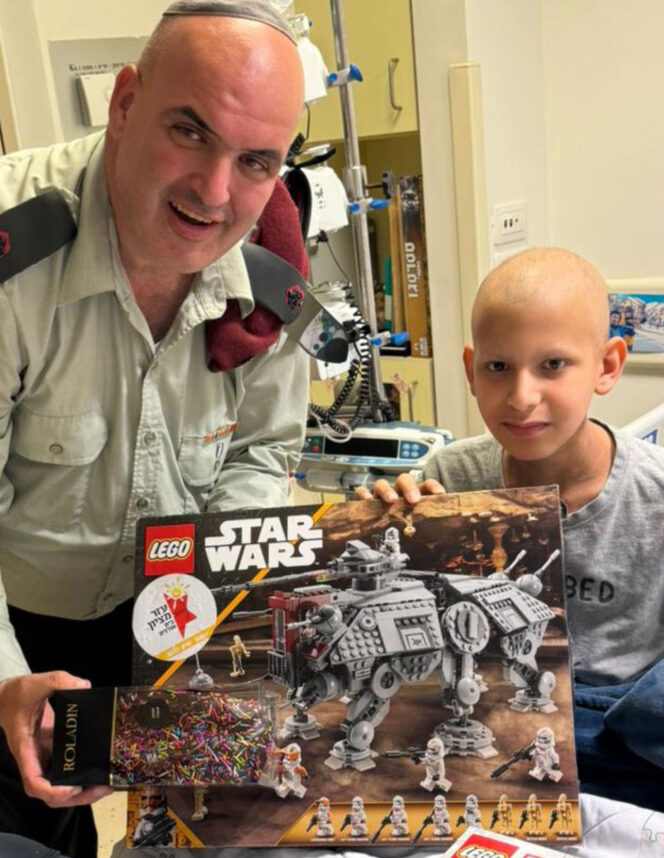
Since the October 7 massacre, you’ve also started working with soldiers. Can you tell me about that?
On October 8, I got a phone call from a hospital asking me to come. There was a child whose family was killed in front of him, and the Nukhba terrorist kicked and destroyed his Lego. So I came to the hospital and brought him Lego.
The hospital then began calling me when kidnapped children were returned from captivity in Gaza. In some instances, I was the first person to give them Lego, to give them the opportunity to be a child again. Then they began calling me when adults came back from captivity, some of whom I’m still working with.
[Around the start of 2024], I came to Tel HaShomer Hospital, and they said there’s a major in the army who was injured, and he wants Lego. I didn’t believe them. I gave him a small box of Lego, and after two hours he sent me a picture [of the Lego], so I came back and gave him a big Lego box. In the morning he sent me a picture: He finished it. So I came again, and we started talking. Then another soldier came and said he wanted to do it too. In the middle of the night, I found myself sitting with four or five soldiers building Lego.
Today there are over 500 soldiers building Lego. It helps them work on their health, and it helps them with their soul.
Today there are over 500 soldiers building Lego. It helps them work on their health, and it helps them with their soul. Some of them have PTSD, and they wake up at night and can’t sleep. So what do they do? They build Lego. They call me in the middle of the night saying they need me, and I come.
How many soldiers do you see on a weekly basis?
Between 30 to 40.
And how do the soldiers’ families and friends react to you bringing them Lego?
They’re a part of it. They build with them. The family comes to visit, the parents sit next to the soldier, and he’s building Lego. I have a picture of a married soldier. He’s sitting and building Lego, and his wife is sitting in front of him.
Have you had any standout interactions with soldiers who you worked with?
I have a few. One of them is a Golani soldier. He was injured very seriously in Gaza. He can’t walk. The first time I came to him, he looked at me like I was an alien. Now, this guy has built 40 Lego models. He’s building every night. He says his PTSD is better when he has Lego. He calls me every week: “Maor, can I have Lego for the night?” He’s terrified of the night, and Lego helps him. He never takes it home. He’s built a library at the hospital, and he wants to wake up and see Lego in front of him.
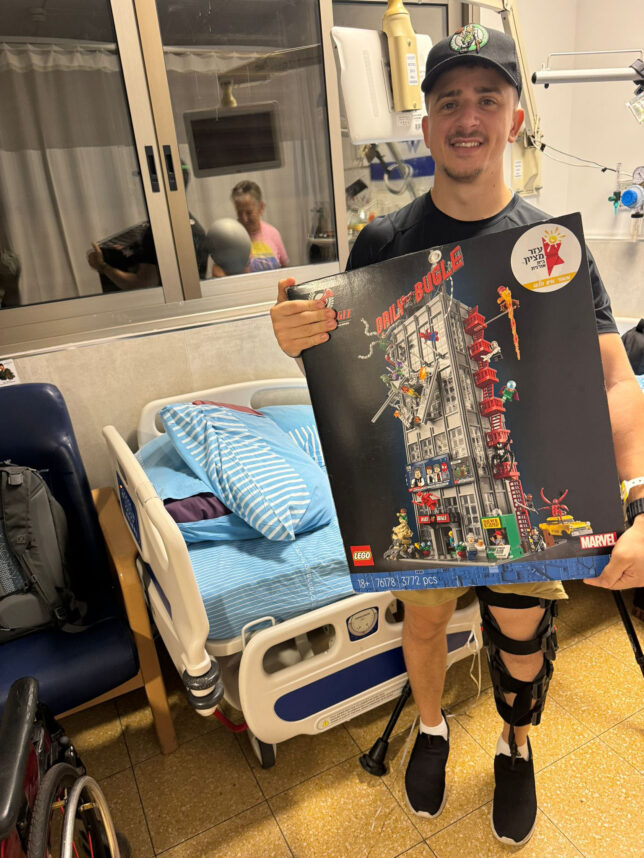
There’s another soldier, and when first I saw him, his hand was burned. He said to me, “Look at my hand. How can I do it?” I asked him if he’s going to live, and he said yes, so I told him, “You’ve got to build,” and I gave him boxes. After two weeks, he sent me a message: “My hand burns, I can’t touch things, but I can’t stop building.” He’s building Lego every day.
You can help Maor buy more Lego by donating here.
Josh Feldman is an Australian writer who focuses primarily on Israeli and Jewish issues. Twitter/X: @joshrfeldman

